Gaming Trends for 2017

The action is fast and furious in the gaming world. You don't have time to waste when it comes to getting your game ready to publish. One way to get to market faster is to use existing code. There's no need to reinvent the wheel when well-tested SDKs exist for most of the common functionality you will need.
Need to display ads in your game? There's an SDK for that. Want to track player actions with embedded analytics? There's an SDK for that too. Need a payment system or integration with social networks? Yeah, there are SDKs for that too. There are multiple SDKs for virtually any category of common game functions you can think of.
In this article, I'll talk about some of these SDKs in the context of some of the top gaming trends of 2016.
More Mobile Gaming
People love to play games on their mobile devices. At the same time, sales of mobile devices are exploding. There are estimates that annual sales of smartphones alone will exceed one and a half billion units per year by 2017.
But creating, publishing, and supporting mobile games is a very different proposition than PC or console games. Resource limitations and device variations are just two of the factors that need to be considered. One way to deal with these issues is to build your game using existing cross-platform frameworks and SDKs.
Frameworks
There is already a large selection of frameworks to choose from, depending on which mobile operating systems you need to support. Here are a couple of examples:
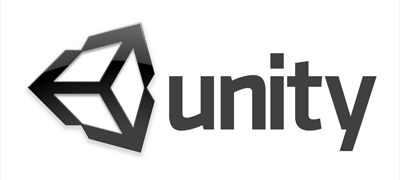
- unity3D is a 2D and 3D game development engine that supports iOS, Android, Windows Phone, even Blackberry, as well as OS X, Windows, and Linux. Their Asset Store contains thousands of components you can buy to speed your game development.
- GameBuilderStudio lets you create 2D games for iOS and Android devices (along with Microsoft Windows) using a drag-and-drop interface. It supports in-app purchases, Facebook connectivity and more.
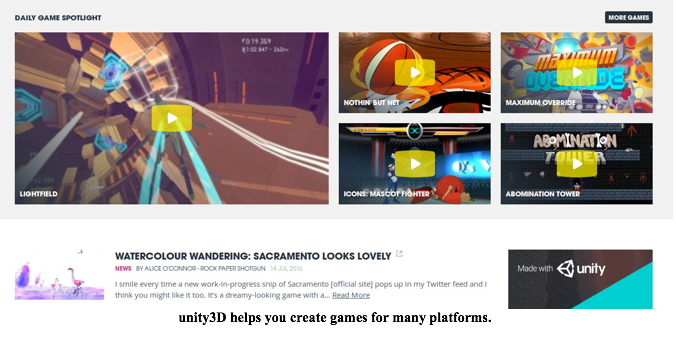
Other Mobile Game SDKs
Frameworks are just one way you can speed your mobile game development. Here's a sampling of other SDKs that could help you get your mobile game out the door faster:
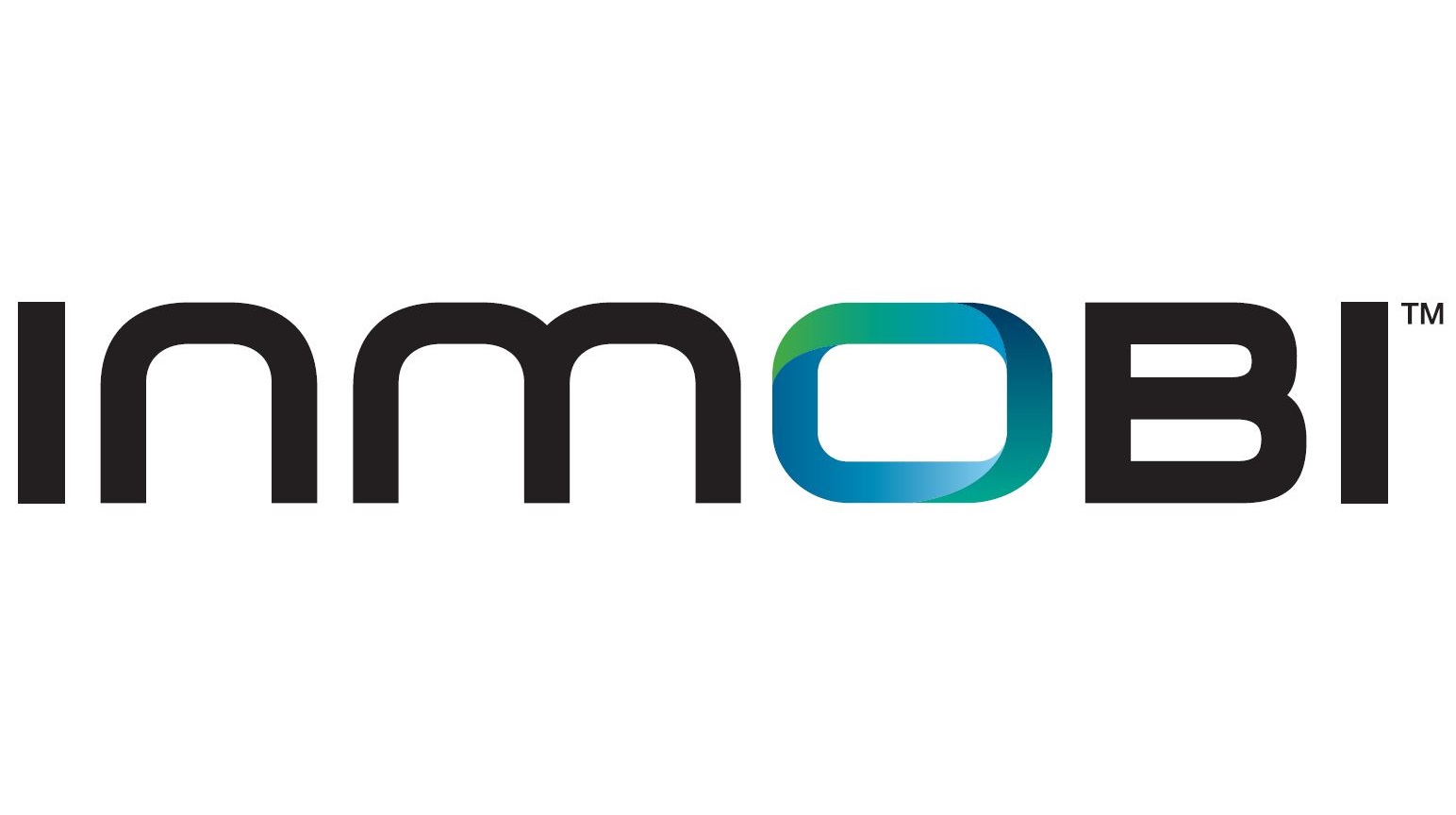
- inMobi lets you monetize your game with a variety of ad types. They give you the classic ad types like interstitial and native content. Beyond that, they offer rewarded video and playable ads. You get the range you need to monetize your game in the most appropriate way.
![]()
- PayPal Mobile SDK lets you bill your players from within your app. You get the name recognition and reliability of the PayPal network, along with features like future billing. If you want credit card and PayPal payments for iOS and Android devices, this could be your answer.
![]()
- Superpowered is a mobile audio engine for games and other apps. It uses patent-pending DSP algorithms to give you a high-performance, low power consumption SDK that you can integrate into your game in a day.
More Virtual Reality and Augmented Reality
Virtual Reality (VR) and Augmented Reality (AR) are big trends in gaming this year. To experience VR, you use a headset like Oculus Rift. It replaces the sights and sounds of the real world with immersive experiences. You could be sitting on your sofa in Hoboken but feel as though you are flying a starship in a galaxy far, far away. What you see and hear is determined by the computer, rather than by things going on around you in the real world.
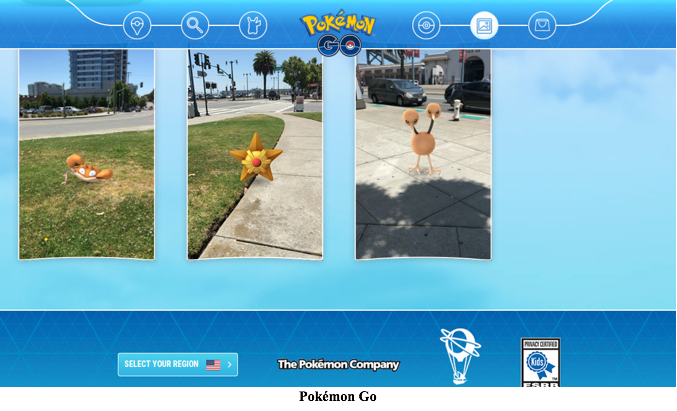
To experience AR, on the other hand, you could download Pokémon Go to your smartphone and walk outside. This hot new game adds computer-generated content to the world around you. As you move through the real world, content appears on your smartphone screen, superimposed on the view of the world.
Microsoft's HoloLens can take the AR approach one step further. It combines the real world and the 3D holographic computer-generated content and displays them together in the HoloLens headset. Microsoft calls this "mixed reality."
This is clearly a space where you are better off using existing SDKs than trying to develop your own code from scratch. If you are developing for Oculus Rift, you'll want to check out these tools:
- unity3D (which we talked about earlier) also includes built-in support for Oculus Rift.

- Unreal Engine is a suite of tools for game development. It was designed by game developers to meet the unique needs of the gaming world. It supports VR and has a plugin that allows it to talk to Oculus Rift.
More Gaming-as-a-Service
Software-as-a-Service (SaaS) has become an important sector of the software industry, with thousands of products employing the model. The SaaS model offers real benefits for both the software companies and their customers. Features like scalability, rapid deployment, and continual updating make this a winning approach for everyone.
Now something similar is happening in the gaming space. Call it Gaming-as-a-Service, or GaaS. The exact definition of GaaS varies from source to source. Even the name varies: in addition to the term we're using, some call this trend "Game-as-a-Service;" others "Games-as-a-Service." Whatever the exact naming used, the basic idea is this:
A game built on the GaaS model is not built like traditional PC or console games. It has some or all of the following characteristics:
- The game is not complete and stand-alone on the customer's computing device. Some or all of the content is delivered across the Internet from central servers. This requires the game company to provide more infrastructure and support. It also allows the company to offload processing from low-powered devices, making for a more responsive game.
- The game is not complete once shipped. The GaaS model allows for streaming bug fixes, updates, and new content to the customer over the life of the product. Ideally, this capacity will not be used to ship an unfinished product and "fix it later."
- It will likely allow or even require social interaction between players. With all the users interacting with the game world through central servers it becomes much easier to include social interactions in the design.
- Users will pay for the game through either a subscription or through the freemium model. Freemium games are ones that are free to play. But if the player wants to advance to hire levels, or gain the best gear, they have to spend some real world money.
Developing games using the GaaS model is easier when you have tools oriented toward this model. Here are some you might want to check out:
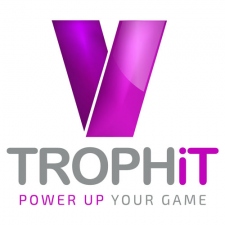
- TROPHiT is a SaaS tool that lets you turn in-game virtual items into marketing tools. How? By letting you give away game items outside the game. For example, you can make an item a gift in an ad campaign or social media promotions on Facebook and YouTube. They let you create vouchers that are redeemable for actual game items, as well as things like level unlocks, experience points.
- GameSparks integrates with the unity3D SDK, resulting in a comprehensive, GaaS API. Providing capabilities like leaderboards, chat, virtual items, Database-as-a-Service and more. It gives you a quick way to jump into GaaS.
More Analytics
Current trends in gaming, particularly the Gaming-as-a-Service model, make game analytics more important than in the past. If you are going to be continually updating your game and releasing new content using the GaaS model, you need to know what makes the most sense. There's no point in updating sections of the game that players don't like, or ignoring player feedback about what they do like.
Analytics tools can be a tremendous help here. There are tools out there that can give you real-time feedback on everything your users do. They can track the results of your monetization efforts, let you know which devices your mobile users are using, and much more.
According to Wpeka.com, companies like SuperCell and Destiny have teams dedicated to tracking player feedback and other metrics. This allows them to respond to the wants and needs of their player quickly. And as always, retaining existing players is much more profitable than finding new players. Strong analytics can boost your bottom line.
Examples of analytics tools you can use with your game include:

- Adjust is a real-time, mobile app analytics package. Adjust features comprehensive in-app analytics, KPI and cohort analysis, unlimited data exports and more.
- GameAnalytics, an SDK that gives you real-time analytics and reporting specifically for Android and iOS games. If you want to understand things like how well your players are really engaging with your game, this SDK can help.
Conclusion
The game market in 2016 is huge, growing, and potentially very lucrative. But to stay competitive you need to be efficient and productive. One of the best ways to achieve this is to take advantage of existing code. There are SDKs available for virtually any of the common game functions you might need to implement. By leveraging what has come before, you can build better games faster.
In this article we looked at some of the big gaming trends of 2016. Then we looked at some of the frameworks and SDKs that you can use to quickly develop games that target these trends. Sites like DiscoverSDK are here to help you find the right SDKs for your project. Take advantage of their resources to boost your next game development project.
Recent Stories
Top DiscoverSDK Experts


Compare Products
Select up to three two products to compare by clicking on the compare icon () of each product.

















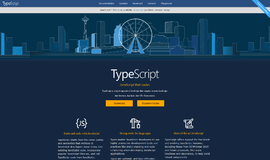
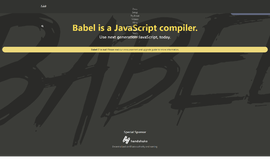
0 Comments
Your Comment